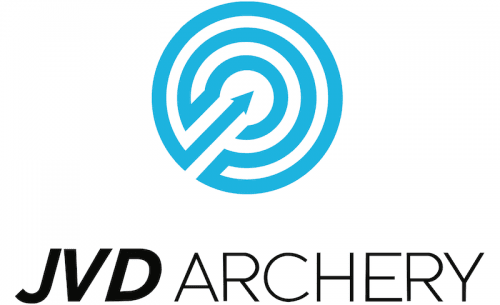Thinking about starting archery? This is part 2 of a new series sponsored by Easton Archery and JVD Archery. Read Part 1 here.
One question many people ask when beginning archery is: ‘do I have to be strong to be an archer?’ The answer is no, you don’t have to be strong in the usual sense to shoot any type of bow.
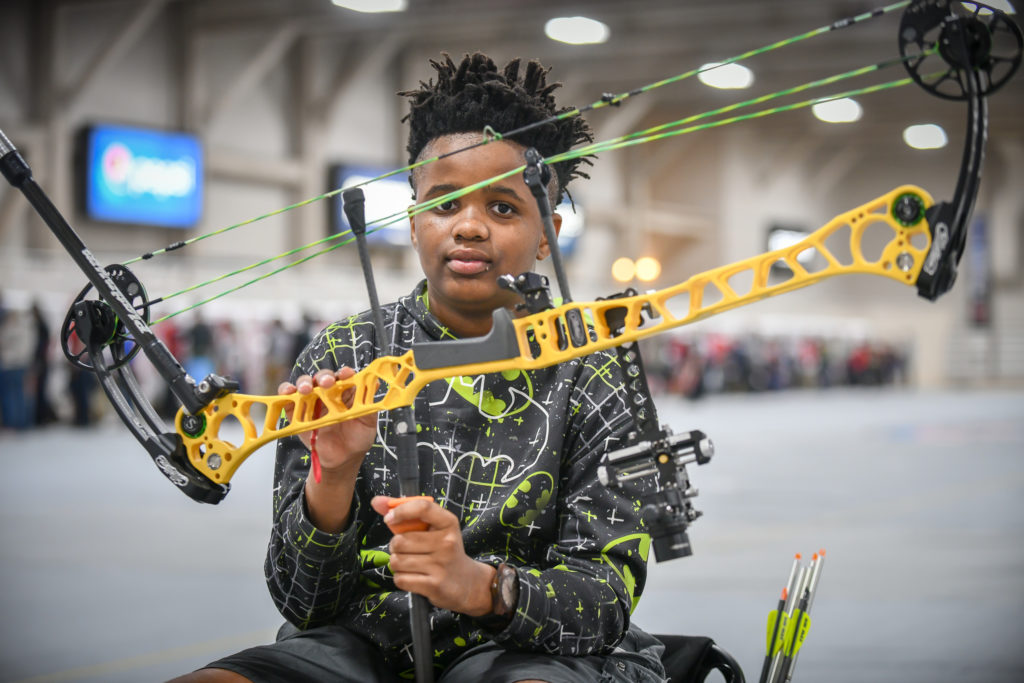
Archery is a sport for all ages and all abilities, and bows are available in many weights and sizes – and come in left and right handed versions.
But if you’re starting on an archery journey, another common question is: ‘which bow should I shoot?’
You may already have a good idea. The answer could well be ‘all of them’! Many archers shoot several types of bow, or move from one style to another. And some stick with one bow for good. It’s entirely up to you.
Some bowstyles might suit some types of people more than others, though. We’re going to suggest what might be right for you, but don’t take our word for it. We hope you can find out for yourself!
Recurve bows
All bows store energy from your muscles as potential energy, ready to be transmitted to an arrow via the bowstring. The recurve bow stores this energy in two equal-length limbs, which are attached to a stiff handle called the riser.
The recurve bow gets its name from the two different curves you can see on each limb when the bow is strung. The limbs will curve away from the archer when unstrung; this design will store more energy in a shorter bow.
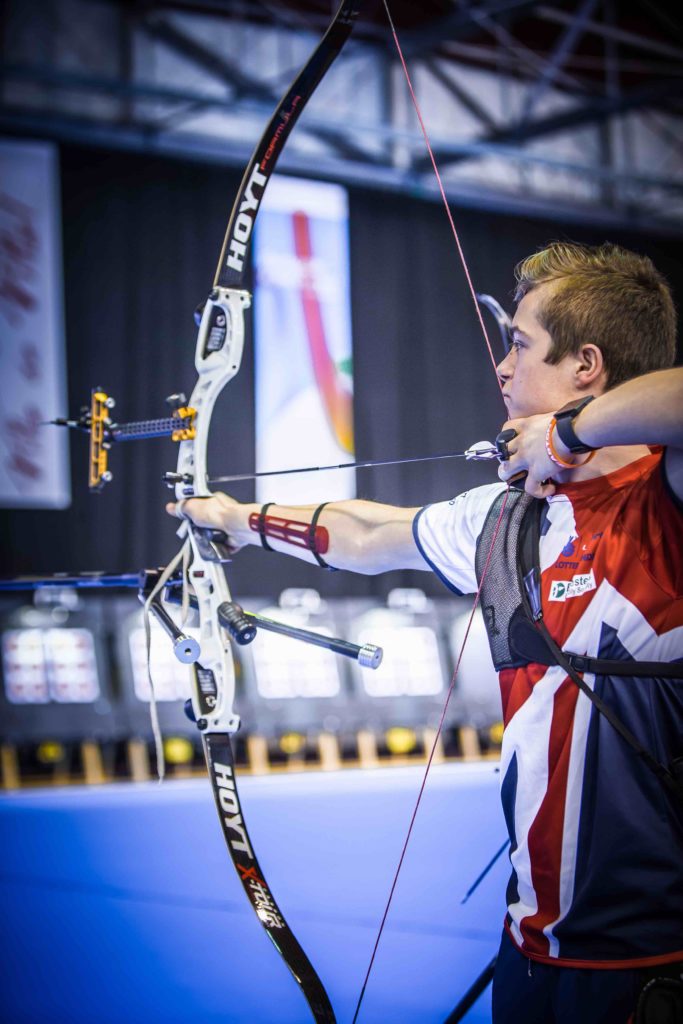
Recurve-type bows are thousands of years old, but the word now refers to modern bows made of modular components that come apart for easy transport. They usually incorporate a sight for aiming and various kinds of stabilisers, which stick outwards and help to keep the bow steady when shooting.
Most bows are made with the same size fittings so you can mix and match different components from different manufacturers.
This is the only type of bow allowed in the Olympic Games – for now.
Who would enjoy shooting recurve?
– people who like a challenge
– people looking for archery to help keep them fit
– people who might want to make it to the Olympics some day
Compound bows
Compound bows are a much more modern invention, dating from the 1960s. They tend to look a little more high-tech than most other types of bow; using cables and pulleys to improve the energy efficiency and make the bow faster and more powerful. Most of them also give the archer a mechanical advantage (called ‘let-off’) which makes the bow much easier to hold and shoot with less muscle power needed.
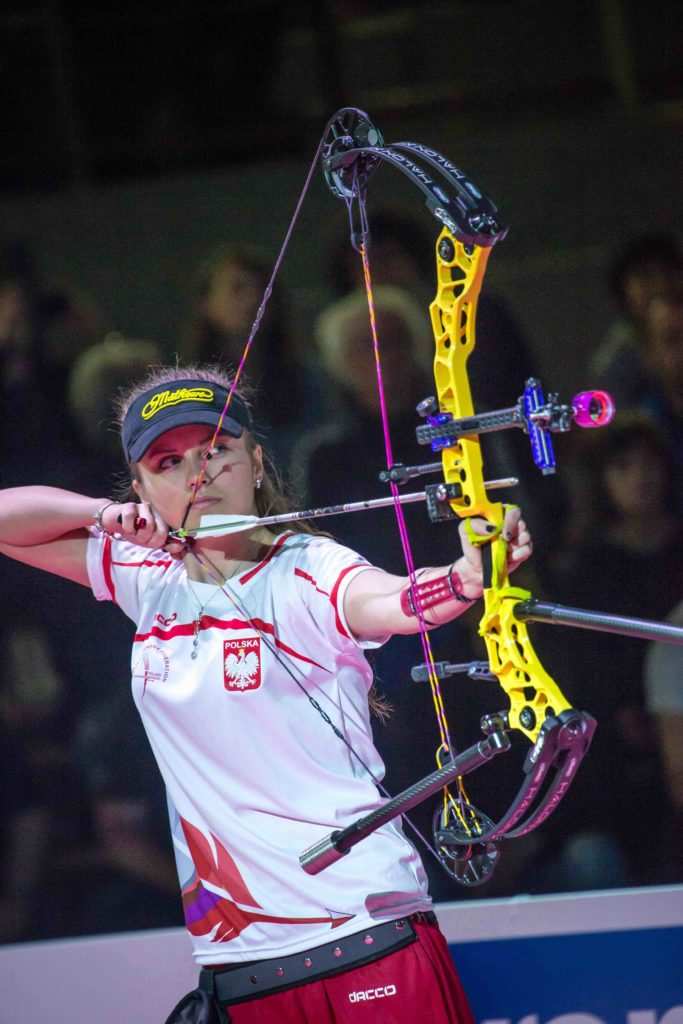
Compound bows are usually shot with a mechanical release, rather than a simple finger protector, and magnifying sights are allowed. Compared to recurve, they have been described as ‘unlimited class’ archery.
In North America compound is the dominant form of archery, and the large number of tournaments means there are a handful of professional compound archers.
Who would enjoy shooting compound?
– people who like getting results quickly
– people who want to shoot the fastest, most powerful bows
– people who want to become professional archers
Barebow
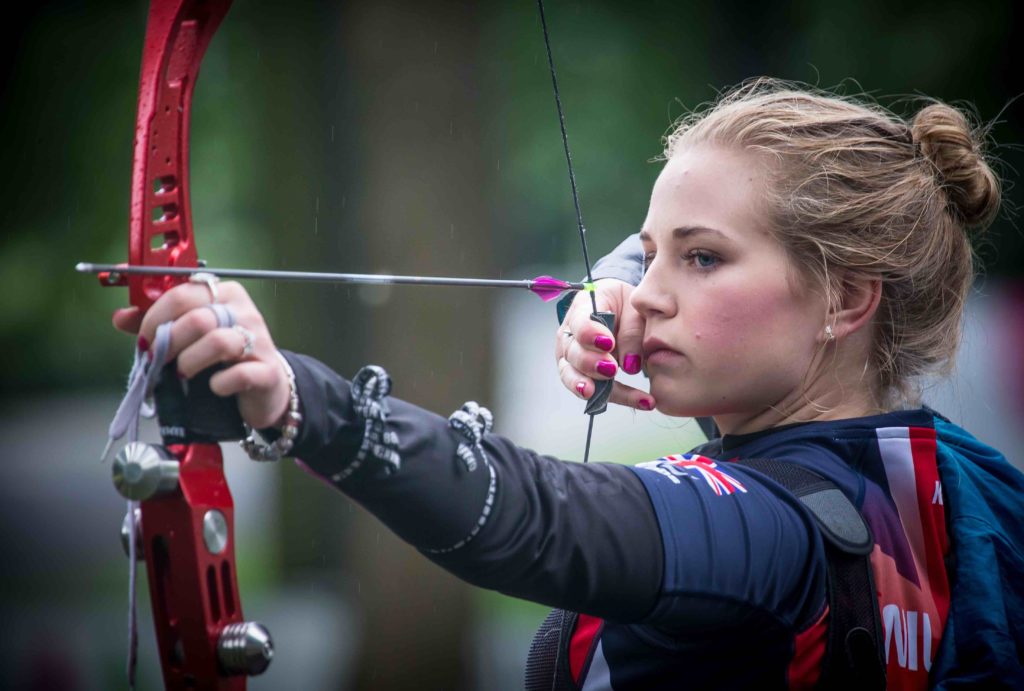
Barebow usually refers to shooting a recurve bow without sights or long stabilisers – and with a few other rules in place. Usually the bow has extra weights added to help keep it steady in the hand.
It has been described as ‘shooting traditional archery with modern equipment’. It has also been said that ‘if recurve is a science, barebow is an art.’
Shooting barebow adds a level of difficulty to target archery – but many who shoot it describe it as the most satisfying bow type of all. It demands more control over the body, and brings archery closer to a martial art (which, incidentally, it already is).
Barebow is one of the fastest growing sectors of the archery market at the moment, with increasing interest across the world.
Who would enjoy shooting barebow?
– people looking for the ultimate challenge
– people looking for a distinctive archery community
– people who want to travel light
Traditional bows
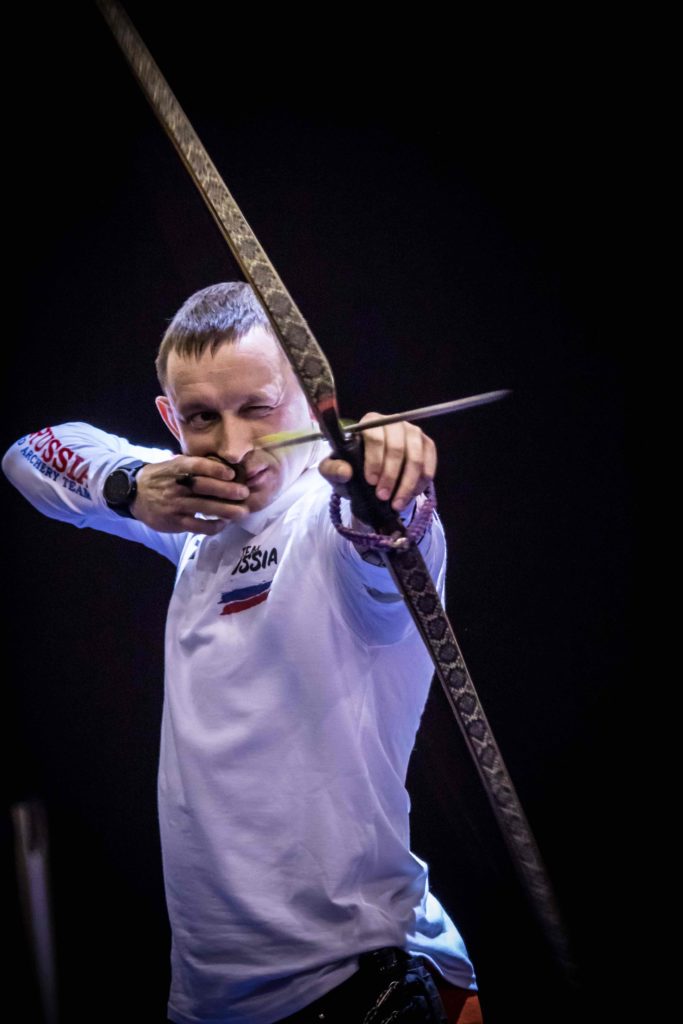
This isn’t so much a type of bow as a class; encompassing bows from around the world. It could include English longbows, Korean or Japanese traditional bows, horse bows, flatbows and dozens more. Often, traditional archery is less about hitting the middle of the target and more about the shooting experience. Some archers end up collecting many types of bow this way and learning many different styles.
Traditional bows are usually shot with traditional arrows made from wood or bamboo, using the fingers, or sometimes a thumb ring. Traditional archery can be just for fun or a kind of experimental archeology. It’s entirely up to you.
Who would enjoy shooting traditional bows?
– people who like to keep things simple
– people looking to explore the traditional / historical side of archery
– people who like to collect!
Which to choose?
The great answer is; you don’t have to choose yet. It’s good to have a goal in mind, but it’s best to start down the path nearest to you that will get you started with archery quickest.
Bow International is the world’s only dedicated target archery magazine, and since 1996 we’ve been helping archers improve, enjoy and find the best equipment for their sport. In association with JVD Archery, Easton Archery and the Easton RX7 arrow, we’re going to be helping you get started in the sport, from the archery basics onwards. If you’ve ever thought about taking up archery, come with us on this journey.



